(HNM) - Greenhouse gas emissions in Ho Chi Minh City account for about a quarter of the country's emissions and continue to increase. In the context of Vietnam's commitment to reduce net emissions to zero by 2050, Ho Chi Minh City has proposed to pilot a mechanism for exchanging and offsetting energy carbon credits and developing a carbon market.
Proposal for pilot implementation
Carbon credits are understood as a type of license that allows the owner to emit CO2 or other greenhouse gases. Each carbon credit is certified as 1 ton of CO2, or 1 ton of other greenhouse gases converted to 1 ton of CO2 (abbreviated as CO2e). If facilities reduce the amount of CO2 emitted, they can buy, sell, and exchange the number of credits corresponding to that reduction, collecting money to reinvest in new technology for production and business.
Vietnam has committed to reducing greenhouse gas emissions by 30% by 2030, reducing net emissions to zero by 2050 (emissions and revenues are equal). To achieve this goal, Decree No. 06/2022/ND-CP dated January 7, 2022 of the Government regulating greenhouse gas emission reduction and ozone layer protection has determined: The period 2022-2024 is the preparation period; initially piloting the carbon credit trading floor in 2025, officially operating from 2028.
These are very new issues in Vietnam, and need to be piloted before being officially implemented. Ho Chi Minh City is very suitable to become the first locality to pilot the urban carbon credit market, first in the energy sector. According to the Department of Industry and Trade of Ho Chi Minh City, in 2018 (before the Covid-19 pandemic), the city emitted 57.6 million tons of CO2, accounting for 1/4 of the country's total emissions, of which 93.6% came from the energy sector.
Chairman of the Board of Directors of Vu Phong Energy Group Pham Nam Phong said that if the Gross Domestic Product (GDP) increases by 1%, the demand for energy increases by 10%. Meanwhile, Ho Chi Minh City has an advantage in developing solar power (which does not emit greenhouse gases). If the production and consumption of electricity from this renewable energy increases, emissions will be reduced and there will be a surplus of carbon credits to sell.
“Constructions that consume a lot of electricity include commercial centers, buildings, and industrial production facilities (about 20% of electricity consumption and increasing by an average of 9.3% per year). The number of these facilities in Ho Chi Minh City is currently the largest in the country. We have surveyed Cu Chi General Hospital. Here, a 500kWp solar power system can be installed, reducing carbon emissions by more than 500 tons per year,” said Mr. Pham Nam Phong.
Consulting, policy making
According to the Department of Industry and Trade of Ho Chi Minh City, in 2022, the city consumed more than 22 billion kWh of electricity. Meanwhile, the rooftop solar power capacity in the city only reached more than 358MWp, very small compared to the city's potential of more than 5,000MWp of solar power (equivalent to 7 billion kWh of electricity/year, creating a large amount of carbon credits). However, many agencies, business units, buildings... have not developed rooftop solar power due to many obstacles.
The necessary condition is that the government creates capital for lending. However, current regulations do not allow provincial People's Committees to borrow to re-lend to projects outside the State's investment portfolio; it is not allowed to entrust the budget to lend for solar power development. On the other hand, there is no mechanism for using headquarters, buildings, and factories that are public assets to install rooftop solar power, nor is there a mechanism for buying, selling, and exchanging carbon credits...
To resolve the above problems, the Ho Chi Minh City People's Committee proposed that the Central Government allow the city to use loan capital to lend or entrust the Ho Chi Minh City State Financial Investment Company (HFIC) to act as the focal point for lending to install solar power systems, convert greenhouse gas emission reduction technology to create carbon credits.
The city will develop and advise on a mechanism to use revenue from the exchange and purchase of carbon credits through the exchange to repay loans and develop the carbon credit market until there are regulations from the Central Government. It is proposed to allow the use of rooftops of state agencies that meet technical conditions to install solar power systems.
Vice Chairman of the Ho Chi Minh City People's Committee Bui Xuan Cuong informed that if approved, the City People's Committee will coordinate with the World Bank and relevant ministries, branches and agencies to develop and advise on policies to submit to the Government in 2023. Currently, the above issues have been approved by the Government to be included in the content of the new draft resolution on a number of specific mechanisms and policies for Ho Chi Minh City, submitted to the National Assembly for consideration, comments and completion, and expected to be approved in the May 2023 session.
Source


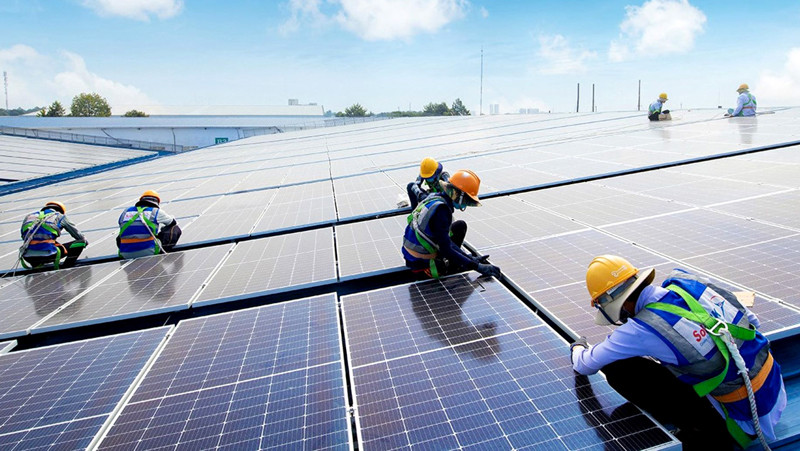






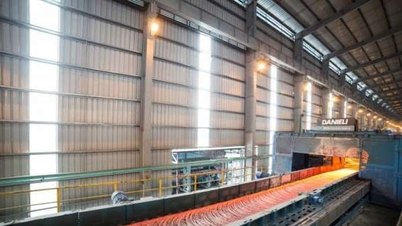
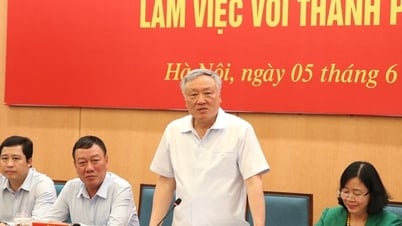

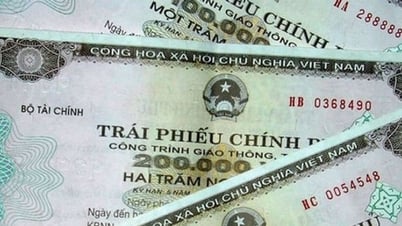
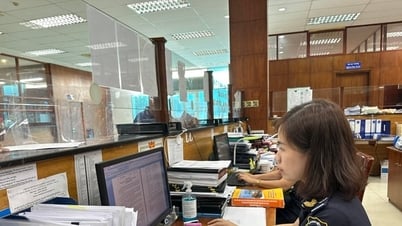





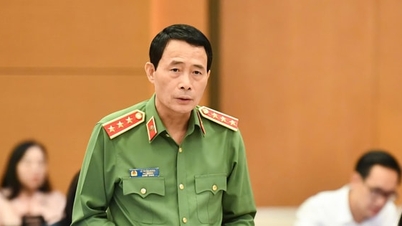
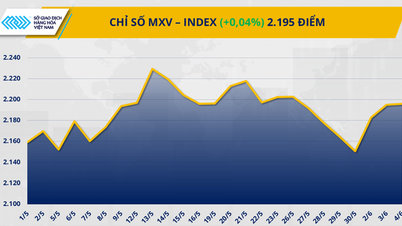



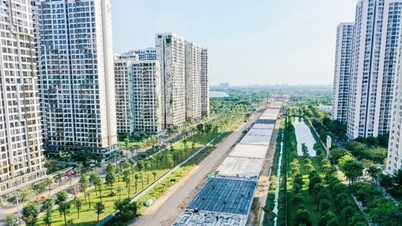

















































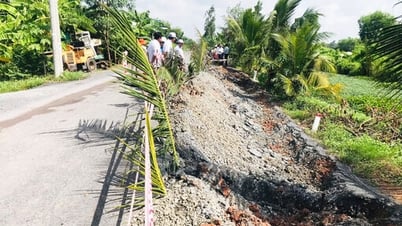




















Comment (0)